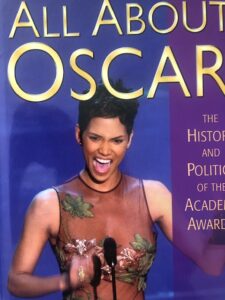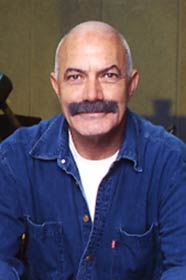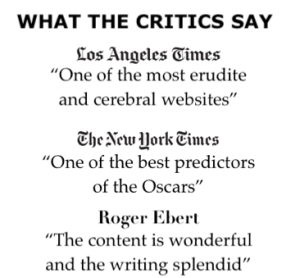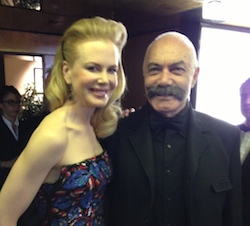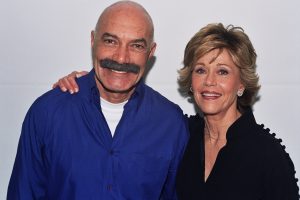Considered to be one of the first mature (“psychological”) Westerns in the post-WWII era, Henry King’s The Gunfighter features Gregory Peck in top form, as an aging, over the hill gunslinger, who wants to lay down his gun but may be doomed.
The script was loosely based on the exploits of an actual western gunfighter Johnny Ringo, a distant cousin of the outlaw Younger family and enemy of Doc Holliday and the Earp brothers. As in the movie, Ringo sought a reconciliation with his estranged family, in California in 1882; but unlike the film his conciliatory gestures were rejected. After ten-day alcoholic binge, he died of a gunshot wound, probably self-inflicted.
Grade: B+ (**** out of *****)
This was the second of six collaborations between director Henry King and star Gregory Peck, who also teamed on the superb World War II film Twelve O’Clock High (1949), the biblical kitsch David and Bathsheba (1951), the Hemingway adaptation The Snows of Kilimanjaro (1952), the western The Bravados (1958), and Beloved Infidel (1959), their last and weakest picture.
| The Gunfighter | |
|---|---|

Theatrical release poster
|
|
The movie was deservedly nominated for its Motion Picture Story by William Bowers and Andre de Toth.
Then rights to The Gunfighter were originally purchased by Columbia, which offered the Jimmy Ringo role to John Wayne. Wayne turned it down, despite having expressed a strong desire to play the part, because of longstanding hatred for Columbia’s president, Harry Cohn. Bowers had written the role with Wayne in mind but rejected selling it to him because of wanting more money. Columbia subsequently sold the rights to Fox, where the role went to Peck.
Wayne’s final film, The Shootist (1976), is often compared to The Gunfighter and contains some plot similarities.
Preceding Fred Zinnemann’s similarly-themed “High Noon” (starring Gary Cooper), by two years, “The Gunfighter” is ultimately a more compelling, less schematic Western, with striking, high-contrast visuals by ace lenser Arthur Miller, and moody score by Alfred Newman.
At his most handsome, Peck plays Johnny Ringo, a notorious killer who arrives in his town in order to settle down, or more specifically rekindle a strained relationship with the wife and boy he had selfishly abandoned. Nonetheless, the townsfolk see him as a threat to the status quo.
Ringo is in a no-win situation: While the youngsters, represented by Eddie (Richard Jaeckel, excellent as a two-bit punk), want to challenge him to fight to take his crown off from him, the older law-abiding citizens want to kick him out of town.
Reel Impact
Bob Dylan referenced scenes from The Gunfighter in his song “Brownsville Girl,” co-written by playwright Sam Shepard. It appears on Dylan’s 1986 release Knocked Out Loaded.
Peck paid tribute to Dylan’s words when Dylan received the Kennedy Center Honors in 1997.
Elmore Leonard features two characters in conversation about The Gunfighter in his novel, City Primeval.
My Oscar Book:
Oscar Alert
Oscar Nominations: 1
Motion Picture Story: William Bowers and Andre de Toth
Oscar Context
The Story Oscar went to the husband-and-wife team, Edna and Edward Anhalt, for “Panic in the Street,” directed by Kazan. The other nominees were Italian Giuseppe De Santis and Carlo Lizzani for the neo-realist film “Bitter Rice,” Sy Gomberg for “When Willie Comes Marching Home,” and Leonard Spiegelgass for “Mystery Street.”
Cast
Johnny Ringo (Gregory Peck)
Peggy Walsh (Helen Westcott)
Sheriff Mark Strett (Millard Mitchell)
Charlie (Anthony Ross)
Eddie (Richard Jaeckel)
Mrs. Pennyfeather (Verna Felton)
Mrs. Devlin (Ellen Corby)
Credits
Directed by Henry King
Produced by Nunnally Johnson
Written by William Bowers and William Sellers
Music by Alfred Newman
Cinematography Arthur C. Miller
Edited by Barbara McLean
Color process Black and white
Produced and distributed by 20th Century Fox
Release date: June 23, 1950
Running time: 85 minutes
Box office $1,950,000 (US rentals)
